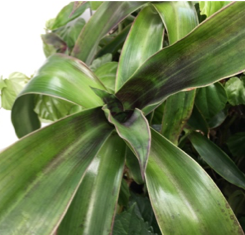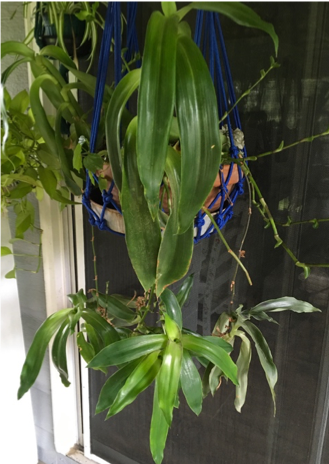Houseplant Vacation Time
go.ncsu.edu/readext?712962
en Español / em Português
El inglés es el idioma de control de esta página. En la medida en que haya algún conflicto entre la traducción al inglés y la traducción, el inglés prevalece.
Al hacer clic en el enlace de traducción se activa un servicio de traducción gratuito para convertir la página al español. Al igual que con cualquier traducción por Internet, la conversión no es sensible al contexto y puede que no traduzca el texto en su significado original. NC State Extension no garantiza la exactitud del texto traducido. Por favor, tenga en cuenta que algunas aplicaciones y/o servicios pueden no funcionar como se espera cuando se traducen.
Português
Inglês é o idioma de controle desta página. Na medida que haja algum conflito entre o texto original em Inglês e a tradução, o Inglês prevalece.
Ao clicar no link de tradução, um serviço gratuito de tradução será ativado para converter a página para o Português. Como em qualquer tradução pela internet, a conversão não é sensivel ao contexto e pode não ocorrer a tradução para o significado orginal. O serviço de Extensão da Carolina do Norte (NC State Extension) não garante a exatidão do texto traduzido. Por favor, observe que algumas funções ou serviços podem não funcionar como esperado após a tradução.
English
English is the controlling language of this page. To the extent there is any conflict between the English text and the translation, English controls.
Clicking on the translation link activates a free translation service to convert the page to Spanish. As with any Internet translation, the conversion is not context-sensitive and may not translate the text to its original meaning. NC State Extension does not guarantee the accuracy of the translated text. Please note that some applications and/or services may not function as expected when translated.
Collapse ▲Summertime is traditionally vacation time. While I’m not traveling much these days, I am enjoying the essence of what I’d want to go see anyway right from my home. Of course it’s plants! Many houseplants we enjoy come from tropical locations and one unusual one is Callisia fragrans, otherwise known as the basket plant, or sometimes the inch plant.
Hardy in zone 10 and higher, its native range is Mexico and South Africa, but it’s found in many tropical places, such as in the pacific islands where it has naturalized and can be found growing as a shady ground cover. It’s classified as a perennial herb there with long fleshy branched stems, with long stolons at base that will quickly root in available soil hence the common name “inch plants” because of how they inch along the ground, rooting wherever their plantlets come into contact with soil.
 The foliage is an attractive whorl of dark green leaves resembling dracaena. It prefers fertile, moist soils in a protected, partial to fully shaded area which makes it an easy care, hanging-basket house plant. The more light it gets, the more purple the foliage will be up to a point. Too much light, can scorch it.
The foliage is an attractive whorl of dark green leaves resembling dracaena. It prefers fertile, moist soils in a protected, partial to fully shaded area which makes it an easy care, hanging-basket house plant. The more light it gets, the more purple the foliage will be up to a point. Too much light, can scorch it.
Callisia comes from the Greek word “kallos” for beauty. Callisia looks like a bromeliad and its growth habit resembles the a spider plant, but it is actually in the spiderwort family (think Tradescantias) and is just as simple to grow. Like the spider plant, Callisia sends out plantlets that can easily be clipped off and planted to propagate new plants to share with friends. Its foliage feels thick and lush, almost like a succulent. Water this unusual plant every 2-3 days. During the spring, summer and fall growing season, fertilize with a regular 10-10-10 or other balanced fertilizer monthly. Slow everything back down in the winter, so stop fertilizing then and water less frequently.
It takes a while for the plant to mature enough to bloom, and those blossoms are sporadic and short-lived. But true to its name “fragrans”, dense flower clusters form on 3 to 4 feet spike-like wands producing a delicious fragrance .This plant is a  known in the folklore of its native habitat as a wonder herb with many medicinal properties for addressing problems such as burn, dental diseases, cancer diseases and arthritis. It is the subject of study for its phytochemical constituents and antimicrobial activity. For more information about it contact your local extension office.
known in the folklore of its native habitat as a wonder herb with many medicinal properties for addressing problems such as burn, dental diseases, cancer diseases and arthritis. It is the subject of study for its phytochemical constituents and antimicrobial activity. For more information about it contact your local extension office.
Minda Daughtry is the Horticulture Agent for North Carolina Cooperative Extension in Lee County.




